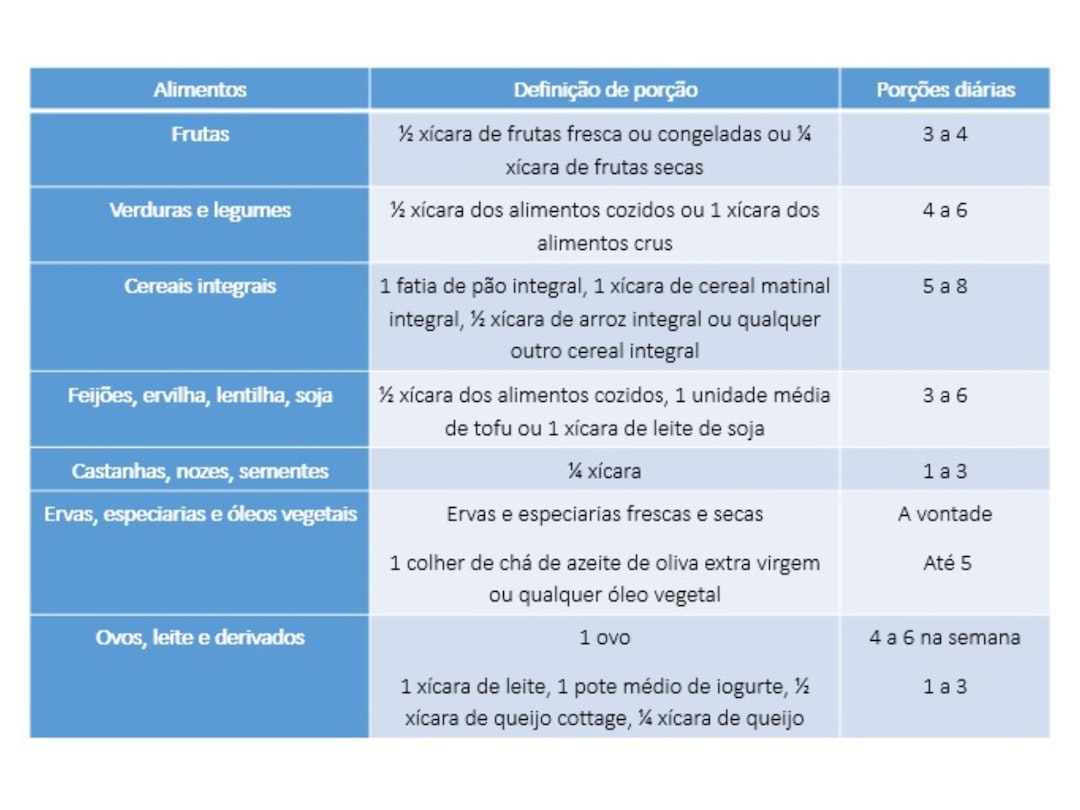In the evolving domain of Learning and Development (L&D), one of the most critical factors driving continual improvement is effective training feedback. Without reliable feedback mechanisms, organizations struggle to measure the return on investment (ROI) of training initiatives or identify areas that require enhancement. Two of the most frequently utilized feedback benchmarks in this context are the Net Promoter Score (NPS) and the Customer Satisfaction Score (CSAT). Both offer valuable insights, but they have distinct strengths and applications. Understanding these differences is vital for any organization aiming to optimize its L&D strategy.
What is NPS?
The Net Promoter Score is a metric originally developed to assess customer loyalty. It asks a simple but powerful question: “On a scale of 0 to 10, how likely are you to recommend this training/workshop to a colleague?” Based on the responses, participants are categorized:
- Promoters (score 9–10): Enthusiastic participants likely to recommend the training program.
- Passives (score 7–8): Satisfied but less enthusiastic contributors who are unlikely to actively promote the course.
- Detractors (score 0–6): Participants who had an unsatisfactory experience and are unlikely to recommend the course.
The NPS is calculated by subtracting the percentage of Detractors from the percentage of Promoters. This results in a score ranging from -100 to +100. A positive NPS (above 0) is generally seen as a good sign, while an NPS above 50 is considered excellent.
What is CSAT?
Customer Satisfaction Score is a more direct measure of satisfaction. It typically involves a question such as: “How satisfied were you with today’s training?” Respondents usually answer on a scale (e.g., 1 to 5 or 1 to 7), and the average or percentage of positive responses is used as the performance indicator.
Unlike NPS, which leans more toward gauging loyalty and future behavior, CSAT focuses on the participant’s immediate impression and emotional response to the experience. This makes CSAT excellent for pinpointing short-term success metrics or identifying issues with specific components of the training session.
NPS vs CSAT: Key Differences for L&D
While both NPS and CSAT serve essential functions in feedback collection, they differ in the type of information they provide. Here’s a comparative breakdown:
| Feature | NPS | CSAT |
|---|---|---|
| Focus | Loyalty and advocacy | Immediate satisfaction |
| Time Horizon | Long-term impact | Short-term reactions |
| Question Type | Likelihood to recommend | Level of satisfaction |
| Analytical Bit | Net Score (Promoters – Detractors) | Average rating or % positive |
| Use Cases | Strategic planning, program investment | Tactical adjustments, daily improvements |
For an effective and forward-thinking L&D strategy, it’s advisable to consider using both metrics in tandem. This duo approach captures both the emotional and rational aspects of learner experience.

When to Use NPS in L&D
NPS is particularly valuable when:
- You need to assess the overall impact or effectiveness of a program.
- You’re choosing between multiple training providers or modules based on learner loyalty.
- Long-term planning or budgeting decisions are involved.
- You want to evaluate the brand value of your internal or external training offerings.
In this context, a consistently high NPS can be a validation of your L&D objectives and signal that learners find value beyond just the classroom setting. For ongoing leadership development or onboarding programs, where long-term application of skills is critical, NPS offers insights into whether the course truly engages and benefits participants.
When to Use CSAT in L&D
CSAT serves better when:
- You need fast, actionable feedback after a session.
- You’re experimenting with new content or delivery methods.
- Monitoring of trainer performance or technical logistics is required.
- Feedback is needed on specific course components.
Because CSAT focuses on satisfaction in the moment, it’s ideal for courses that are short, frequent, or evolving. Through detailed analysis of CSAT trends, rapid iteration and continual improvement of course materials, instructor techniques, or platform navigation can be achieved.

Challenges and Considerations
Each metric comes with its own set of limitations. Recognizing and mitigating these is essential for deriving value from feedback data.
CSAT Limitations:
- May be affected by temporary emotions or external factors such as a technical glitch.
- Does not predict future behavior or long-term ROI.
- Can be skewed by response biases—like only happy participants responding.
NPS Limitations:
- It’s a single-question metric and lacks context unless followed by open feedback prompts.
- Less granular—doesn’t specify what aspects were liked or disliked.
- If used alone, might misinterpret neutrality (passives) as a weak signal.
Best Practices in Collecting Feedback
To maximize the utility of CSAT and NPS in L&D programs, follow these best practices:
- Combine Metrics: Use CSAT for immediate feedback and NPS for overarching insights.
- Contextualize Feedback: Follow up both NPS and CSAT scores with open-ended questions like “What could we improve?”
- Benchmark Internally: While industry standards exist, internal benchmarks often provide a more accurate measure of organizational growth and progress.
- Review Regularly: Feedback is only as good as the action it generates. Schedule regular reviews to convert scores into course or strategy adjustments.
Industry Benchmarks: What is a Good Score?
While benchmarks can vary by industry and training type, research suggests the following general guidelines:
- CSAT: A score above 75% is considered good, while 85%+ is excellent.
- NPS: Scores above 0 are positive; above 30 is good, and above 50 is world-class.
It’s important to define what “success” looks like within your organizational and cultural context. Benchmarks should be aspirational, yet grounded in real, achievable outcomes.
Conclusion
Evaluating training programs is more science than art when approached with the right tools. Both NPS and CSAT are powerful metrics with distinct roles in an L&D feedback framework. By understanding their differences, strengths, and limitations, organizations can build a holistic feedback strategy that not only reflects current performance but also paves the way for strategic growth and excellence in learning delivery.

In the end, feedback is not just about serving the participant. It’s about creating a culture of excellence, reflection, and continuous improvement within your L&D ecosystem. By choosing the right metrics and applying them thoughtfully, you set the foundation for learning that transforms not just knowledge—but behavior, engagement, and performance.
